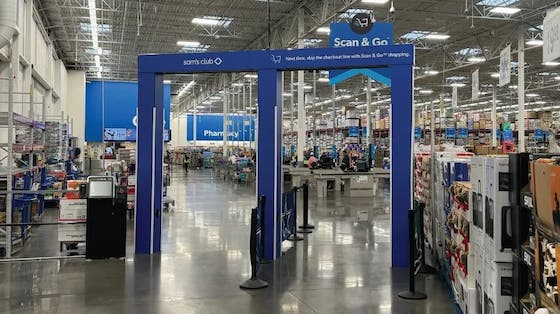The global cloud accounting software firm Xero set out this summer to find out what exactly is preventing small businesses from adopting the digital technology that, if properly implemented, improves their lives.
In July, Xero surveyed about 4,200 small businesses. The responses were spread across six countries: the U.S., Canada, the U.K., Australia, New Zealand, and Singapore.
This survey covers ground similar to what Localogy does with its Modern Commerce Monitor (and we encourage you to pursue that research here). Xero, however, takes a unique approach with this survey. It filters the results through a behavioral science lens.
“We believe that the greater adoption of technology will drive productivity and help businesses get back on their feet,” said Xero Chief Customer Officer Rachael Powell, in the report’s introduction. “Yet many small business owners can still find themselves struggling to get to grips with digital tools. This report seeks to better understand why that’s the case, using behavioral science to identify some of the ‘all too human’ factors that can get in the way. Even when the benefits are clear to see.”
A Dozen ‘All Too Human’ Barriers
Essentially, Xero has boiled down small business reluctance to adopt new technology to a dozen behavioral barriers. These will seem familiar to all of us. After all, these are “all too human” as Powell wrote in the intro.
Anyone in the business of building small business software will recognize most, if not all of these behaviors. And we’ve certainly come across much of this in our small business research over the years. For example, “information avoidance” — that feeling when there is so much information available that you don’t know where to begin — is all of us.

Unsurprisingly, “resistance to change” was the leading barrier to adoption globally at 18%. But several others ranked highly as well. These include “ambiguity, uncertainty” at 15%. Plus “stuck in the present” came in at 13%. The latter doesn’t surprise us. One of the most common themes for anyone covering small businesses is that they are often too busy putting out today’s fires to take measures to make things better for tomorrow.
Xero goes on to identify which of these behaviors are most prevalent by business segments (notably “sole traders” or businesses with no employees.) And by geography.
Among sole traders, resistance to change is the top barrier to adoption. But as the chart below shows, it’s a factor across the board. One interesting finding is that “relative judgment” is a bigger factor for smaller businesses.
Xero defines relative judgment as, “You don’t really know how to compare your options and make an accurate assessment of what will be good for your business.” It makes complete sense to us that larger businesses would be far less constrained by this. After all, they can assign someone the task of doing a thorough comparison. A very small business doesn’t have that luxury.

Top Five U.S. Barriers
Results for the U.S. roughly mirrored the rest of the world. But there were a few key differences. For example, “information avoidance” didn’t rank among the U.S. businesses to the degree that it did globally.

The Xero study found that U.S. SMBs are more likely to use the day-to-day grind as an excuse to avoid technology choices vs. businesses elsewhere. And as noted, they are more comfortable sifting through information to make technology choices.
On the other hand, they are less likely than businesses in other countries to fret over the impact of their technology choices. This includes the choice not to adopt any technology to improve the business. For example, only three out of 10 U.S. SMBs “stress about competitors gaining an edge over them by upgrading their technology solutions.” And only two in 10 “worry about whether employees are embracing new tech.”
Key Lessons for SaaS Companies
This Xero study includes a lot of great insights for any company trying to get SMBs to do the right thing and embrace SaaS as a path to greater efficiency and scale.
We asked a Xero exec to sum up what they see as the key lessons for small business software companies. Latisha Carter, Head of Partner Services at Xero, shared a few thoughts with us.
When approaching the small business owner market, SaaS tech vendors need to prove beyond the shadow of a doubt that investing in their product can provide fast, measurable improvements,” Carter said. “Our study found that small business owners in the U.S. tend to lag behind on tech adoption until they see competitors passing them by. So providing them with proof of your tech’s benefits from a perspective of ‘adopter vs. non-adopter’ is much more effective than simply stating the benefits of your product.”
She added that providers need to be sensitive to what the stakes are for small businesses.
“Small business owners naturally run a tight and risk-averse ship. Any small mistake can spell big trouble when budgets are tight. SaaS vendors must take this into account when designing and marketing their products. Being able to provide incremental changes to a business’s infrastructure at a low cost, rather than pricey systemic overhauls, is the ideal approach for encouraging tech adoption in the small business space.”




